PHOTOS: A Tale of Two (Super Bowl) Cities
Take a tour of San Francisco and Baltimore with historical photographs from the collections
![]()

Ray Strong’s 1930s painting captures San Francisco as seen from Russian Hill. A 1970s photograph by Joan Clark Netherwood looks over East Baltimore toward downtown. Courtesy of the American Art Museum
This Sunday, two port cities face each other in one of the most watched television events in the country, the Super Bowl.
On opposite coasts, the two towns can seem worlds apart: Baltimore remains in the top 25 busiest North American port cities, while San Francisco has turned to technology to drive its economy. The west coast’s Dungeness crab season got underway not long after blue crab season closed. Comparisons of their corresponding fictionalized television series (“Full House” vs. “The Wire“) began as soon as the lineup for Sunday’s game was set.
But SFGate writer Bruce Jenkins argues the two cities share important football history. “There was a time when “San Francisco vs. Baltimore” meant something entirely different than the matchup we’ll get in this Super Bowl,” writes Jenkins. “It meant antiquated, neighborhood stadiums in the middle of town. It meant some of the most riveting, free-wheeling NFL games ever played.”
Talking about the old stadium at the edge of Golden Gate Park, he writes, “Viewed outside the prism of romance, it was a rickety, horribly dated joint. Players—49ers and visitors alike—dreaded the close proximity of rowdy fans, all juiced up from their pregame rituals in nearby bars.” In this way, he argues, San Francisco’s team shared a characteristic with Baltimore’s team (then the Colts).
To show you just how the two towns differ, and are similar, we dug into the collections to discover some terrific examples.
They both have distinct residential architecture.
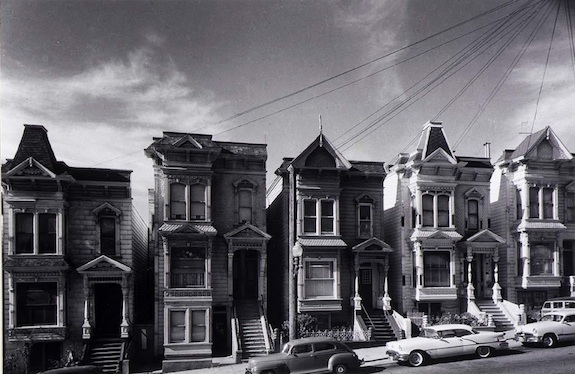
Snapshot of picturesque Victorian homes in San Francisco. Photo by Phil Palmer, circa 1974. Palmer captured many of the city’s most iconic Victorian structures. Courtesy of the American Art Museum
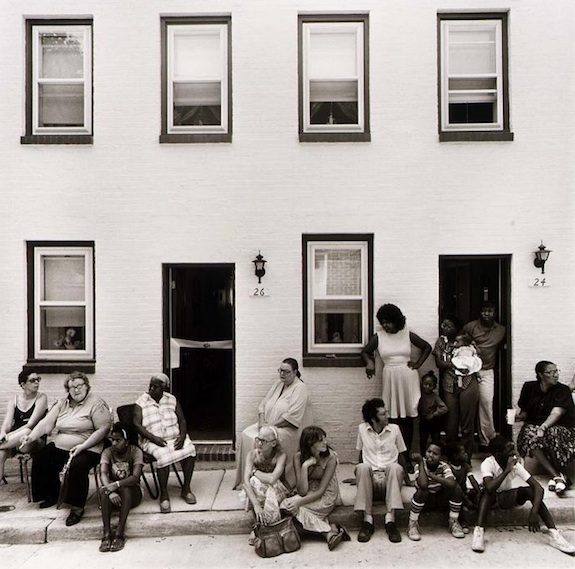
Painted brick rowhouses from an East Baltimore neighborhood. Photo by Joan Clark Netherwood, circa 1975. The photo is part of the East Baltimore Documentary Survey Project, also titled East Baltimore: Tradition and Transition. The survey was meant to capture an urban community responding to the pressures of suburbanization. Courtesy of the American Art Museum. © 1975, George Jadowski
They both have cool cars and happening streets.
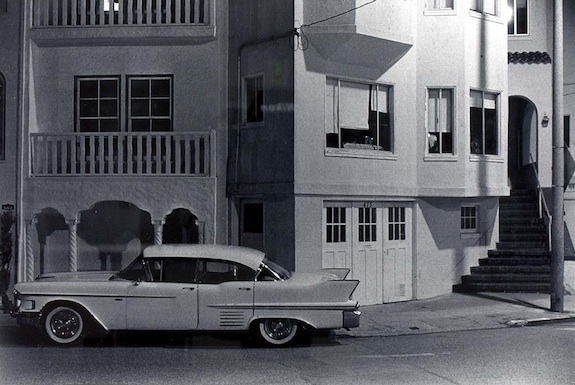
California cool curbside in San Francisco. Photo by William Gedney (1975), a photographer active in the 1960s and 70s but whose real recognition came after his death in 1989. Courtesy of the American Art Museum
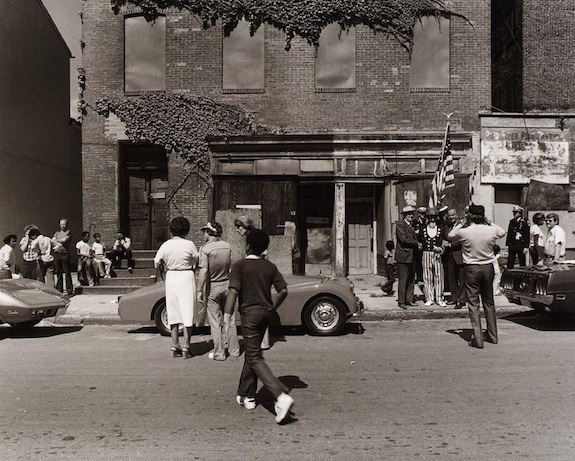
Always something going on in the streets of Baltimore. Photo by Linda Rich, circa 1975. East Baltimore Documentary Survey Project, Courtesy of the American Art Museum. © 1975, George Jadowski
They both go to work.

Station A Post Office employees lineup at the corner of Polk and Sacramento streets in San Francisco, 1895. Courtesy of the National Postal Museum
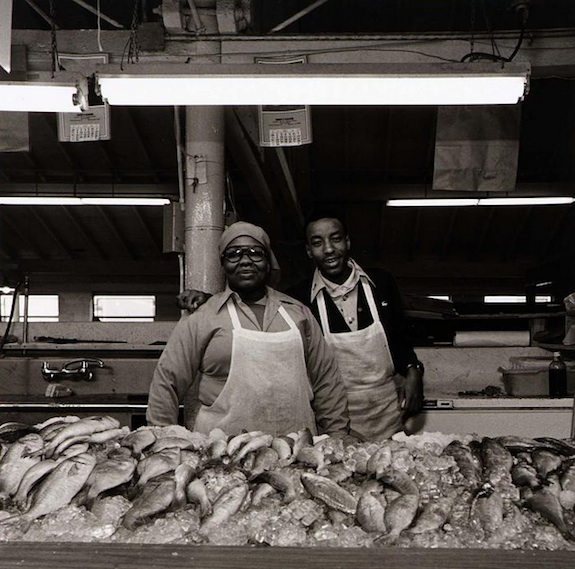
Seafood for sale in Baltimore. Photo by Elinor Cahn, circa 1975. East Baltimore Documentary Survey Project, Courtesy of the American Art Museum. © 1975, George Jadowski
They both go to the movies.

The Strand Theatre still stands in San Francisco. Photo by George B. Fry III, born in 1943 who took a series of photographs of ticket sellers like this one. Courtesy of the American Art Museum

Family-friendly films showing in Baltimore. Photo by Joan Clark Netherwood, 1975. East Baltimore Documentary Survey Project, Courtesy of the American Art Museum. © 1975, George Jadowski
They both go to protests.
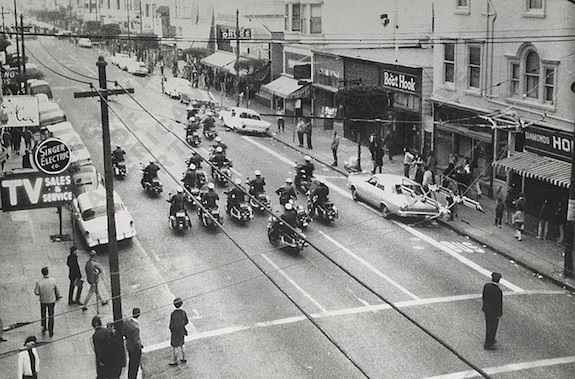
Preparations for a 1968 “hippie riot” in San Francisco. Photo by Eric Weil, an amateur photographer from the Bay Area, 1968. Courtesy of the Archives of American Art

East Baltimore residents send a message to the governor. Photo by Joan Clark Netherwood, circa 1975. East Baltimore Documentary Survey Project, Courtesy of the American Art Museum. © 1975, George Jadowski
And they both like to dress up.

A forty-niner street advertiser represents the California spirit. 1890. Courtesy of the American Art Museum

Shoes, vests and everything in between, Edith’s got it for you in Baltimore. Photo by Elinor Cahn, circa 1975. East Baltimore Documentary Survey Project, Courtesy of the American Art Museum. © 1975, George Jadowski
/https://tf-cmsv2-smithsonianmag-media.s3.amazonaws.com/accounts/headshot/Leah-Binkovitz-240.jpg)
/https://tf-cmsv2-smithsonianmag-media.s3.amazonaws.com/accounts/headshot/Leah-Binkovitz-240.jpg)